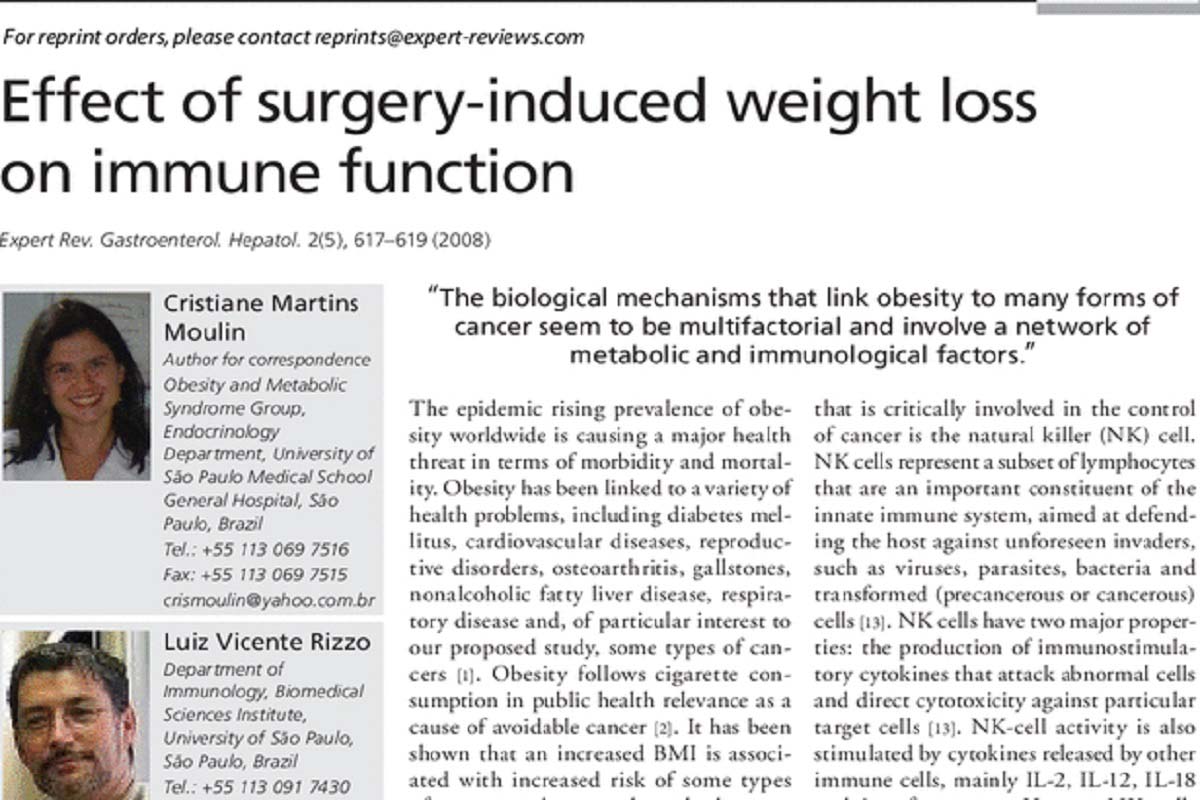
REMISSION OF OBESITY-RELATED COMPLICATIONS AFTER ADOLESCENT BARIATRIC SURGERY
Eighty to 90% of adolescents benefit from lasting weight loss following bariatric surgery and most experience the remission of obesity-related complications such as elevated blood pressure, high cholesterol, type 2 diabetes and musculoskeletal pain, among others, according to researchers from Children’s Hospital Colorado (Children’s Colorado).
The outcomes from their study, ‘Influence of Weight Loss on Obesity‐Associated Complications After Metabolic and Bariatric Surgery in Adolescents’, published in Obesity, show that with the exception of cholesterol and triglyceride levels, remission of obesity-related complications was not dependent on major sustained weight loss. Rather, a majority of adolescents benefited from remission of obesity-related complications, an observation that was independent of whether or not they lost a significant amount of weight.
“We view the findings of this study to be very encouraging, because the amount of weight loss does not seem to impede the sustained remission of many obesity-related complications, the study supports the myriad benefits of bariatric surgery for severely obese teens, said Dr Sarkis Christopher Derderian, , pediatric surgery fellow at Children’s Colorado. “These patients are often able to stop taking medications for Type 2 diabetes and high blood pressure following surgery. In doing so, not only does their quality of life dramatically improve, but no longer incurring the cost of managing such complications can offset the cost of surgery over time.”
For the study, Derderian and colleagues compared rates of remission of obesity-associated complications among two groups of patients: those who experienced less than 20% total body weight loss five years after surgery and those who experienced 20% or greater total body weight loss over the same time period. All 192 study participants were part of a multi-centre study led by researchers at Children’s Colorado known as the Teen-Longitudinal Assessment of Bariatric Surgery (Teen-LABS).
Specifically, researchers found that 40.6% of study participants exhibited <20% total body weight loss, while 59.4% exhibited >20% total body weight loss at five years. While the latter group saw greater improvement in their cholesterol levels, the remission of other complications appeared to be independent of whether or not the participants achieved major sustained weight loss.
“Collectively, our data strongly support the metabolic benefits of metabolic and bariatric surgery. Although only 60% of adolescents are expected to lose equal to or greater than 20% of their total body weight, they should be informed that remission rates for several lifelong debilitating complications of obesity are high after MBS, independently of whether this weight‐loss goal is achieved,” the authors concluded. “The importance of long‐term follow‐up for these adolescents to determine the durable effect of metabolic and bariatric surgery on obesity‐associated complications is critical, particularly regarding the relationship to change in weight over time.
“In looking at the relationship between the extent of weight loss and health benefits obtained, it is clear that patients’ health improves regardless of whether or not they sustain high levels of weight loss long-term following surgery,” said Dr Thomas H Inge, Teen-LABS principal investigator, and director of pediatric surgery and the bariatric center at Children’s Colorado. “While this study is incredibly promising, additional research is needed to determine if the same benefits are seen in patients who only sustain weight loss of five to 10% over time. Nevertheless, this study supports the recognition of bariatric surgery as the most effective intervention to promote significant and durable weight loss in adolescents with severe obesity.”






